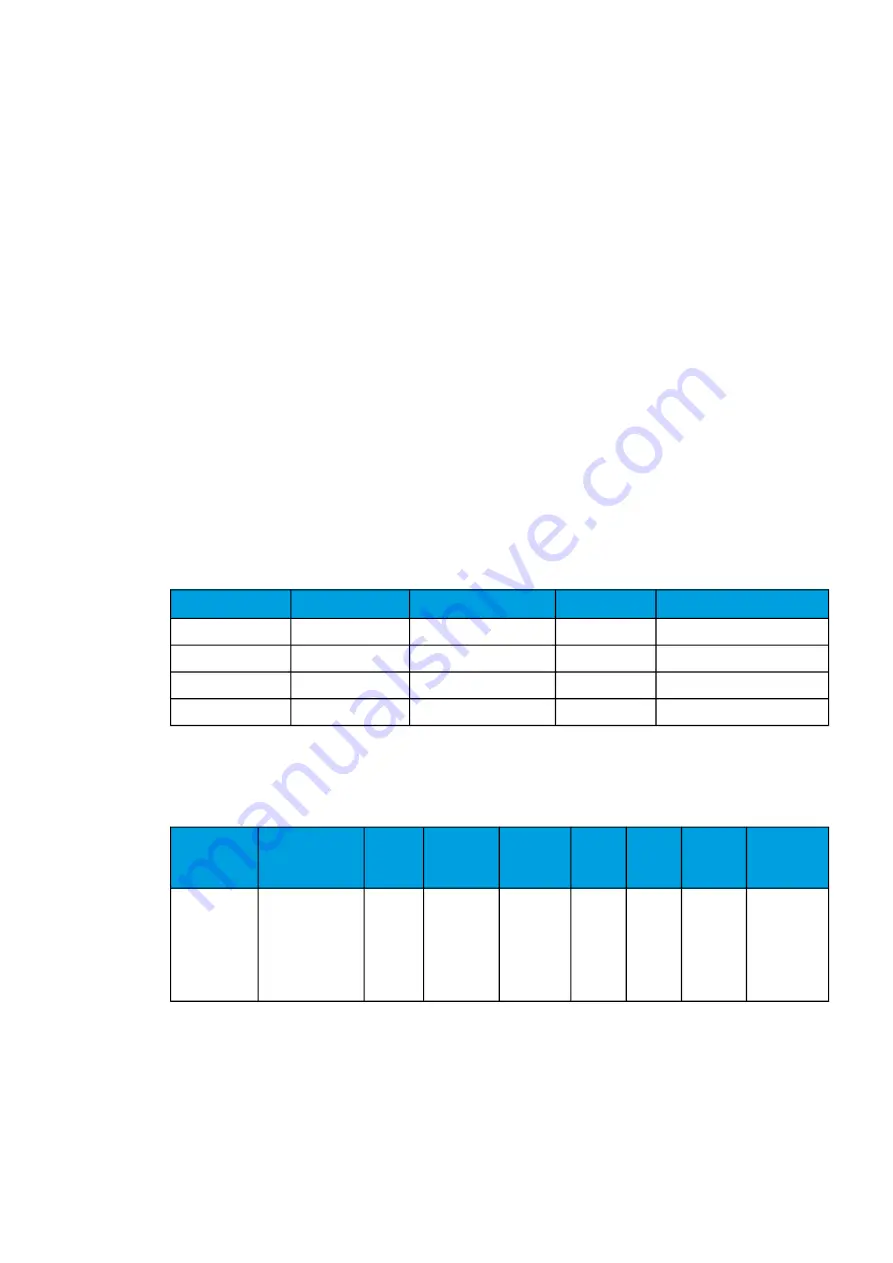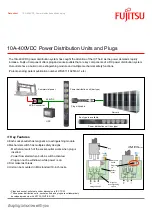
Function blocking
The block signal is checked in the beginning of each program cycle. The blocking signal is received
from the blocking matrix in the function's dedicated input. If the blocking signal is active when the pick-
up element activates, a BLOCKED signal is generated and the function does not process the situation
further.
The blocking of the function causes an HMI display event and a time-stamped blocking event with
information of the startup voltage values and its fault type to be issued.
The blocking signal can also be tested in the commissioning phase by a software switch signal when
the relay's testing mode "Enable stage forcing" is activated (
General
→
Device).
The variables the user can set are binary signals from the system. The blocking signal needs to reach
the device minimum of 5 ms before the set operating delay has passed in order for the blocking to
activate in time.
Events
The fault locator function (abbreviated "FLX" in event block names) generates events and registers from
the status changes in triggering and calculation. The user can select which event messages are stored
in the main event buffer: ON, OFF, or both.
The events triggered by the function are recorded with a time stamp and with process data values.
Table. 5.5.4 - 261. Event codes.
Event Number
Event channel
Event block name
Event Code
Description
2752
43
FLX1
0
Flocator triggered ON
2753
43
FLX1
1
Flocator triggered OFF
2754
43
FLX1
2
Flocator Calculation ON
2755
43
FLX1
3
Flocator Calculation OFF
The function registers its operation into the last twelve (12) time-stamped registers. The table below
presents the structure of the function's register content.
Table. 5.5.4 - 262. Register content.
Date and
time
Event code
Fault
type
Fault
direction
Fault
reactance
Fault
current
Fault
current
Fault
distance
Setting
group in
use
dd.mm.yyyy
hh:mm:ss.mss 2752-2755 Descr.
L1-L2;
L2-L3;
L3-L1;
L1-N;
L2-N;
L3-N;
L1-L2-L3
Not
detected;
Forward;
Reverse
In ohms
(
Ω
)
In per-
unit
value
In
primary
value
In
kilometers
(km)
Setting group
1...8 active
5.5.5 Total harmonic distortion (THD)
The total harmonic distortion (THD) function is used for monitoring the content of the current harmonic.
The THD is a measurement of the harmonic distortion present, and it is defined as the ratio between
the sum of all harmonic components' powers and the power of the fundamental frequency (RMS).
A
AQ
Q-F215
-F215
Instruction manual
Version: 2.04
384










































